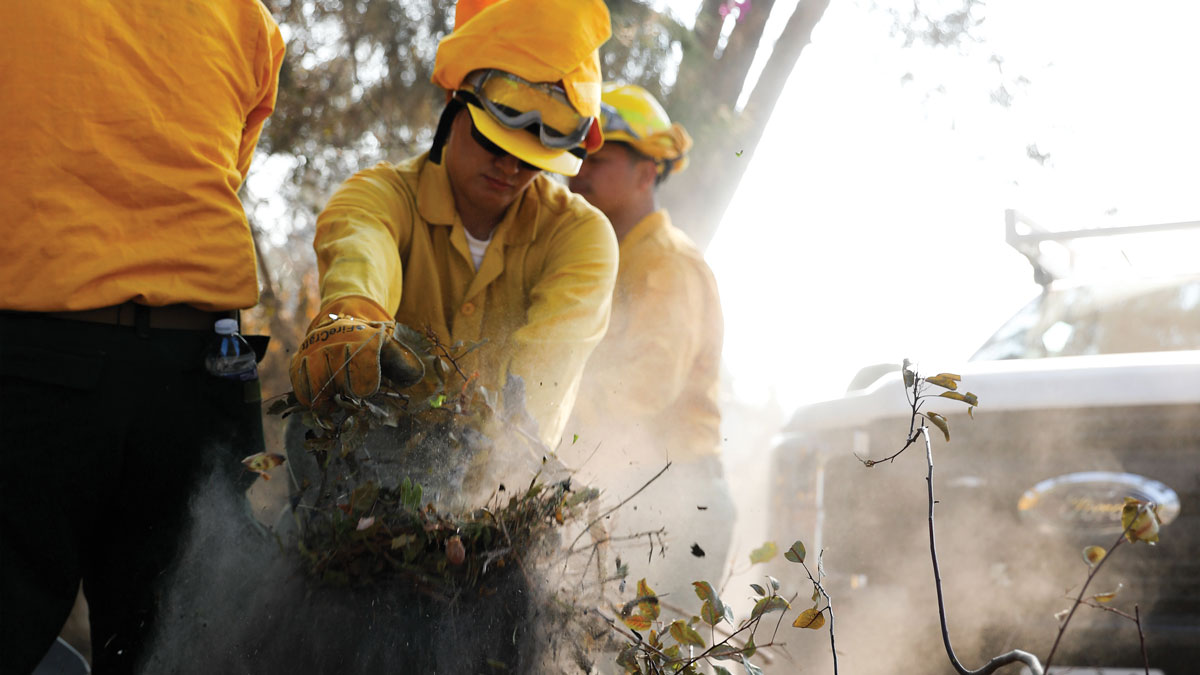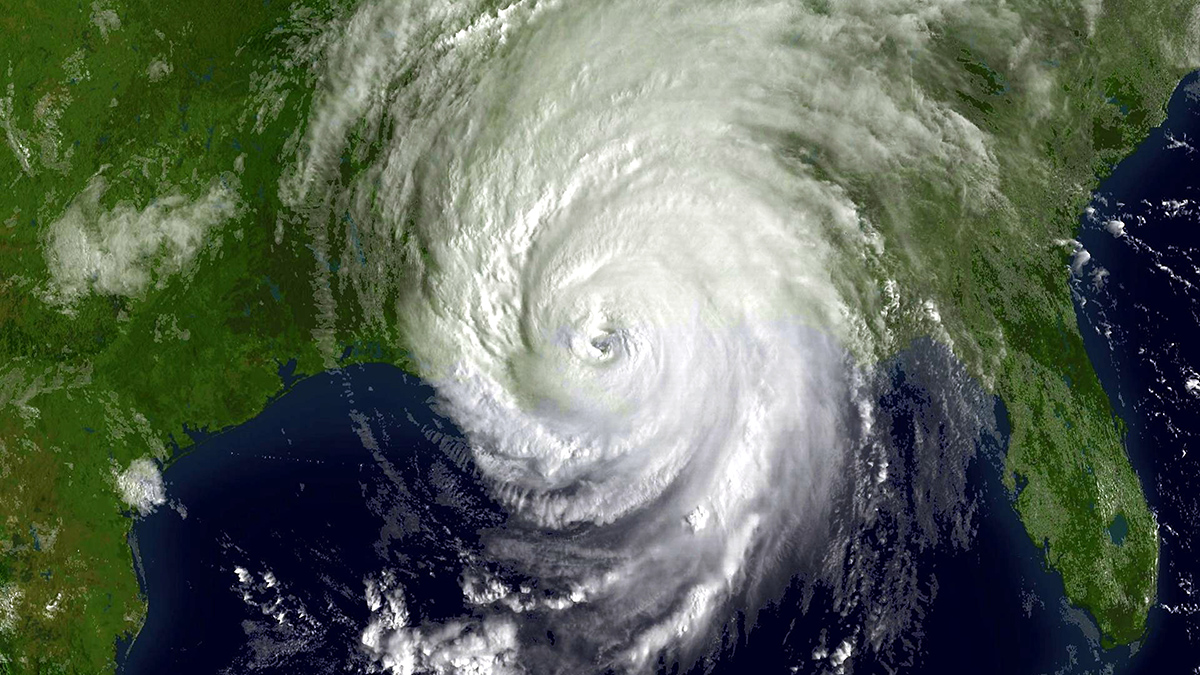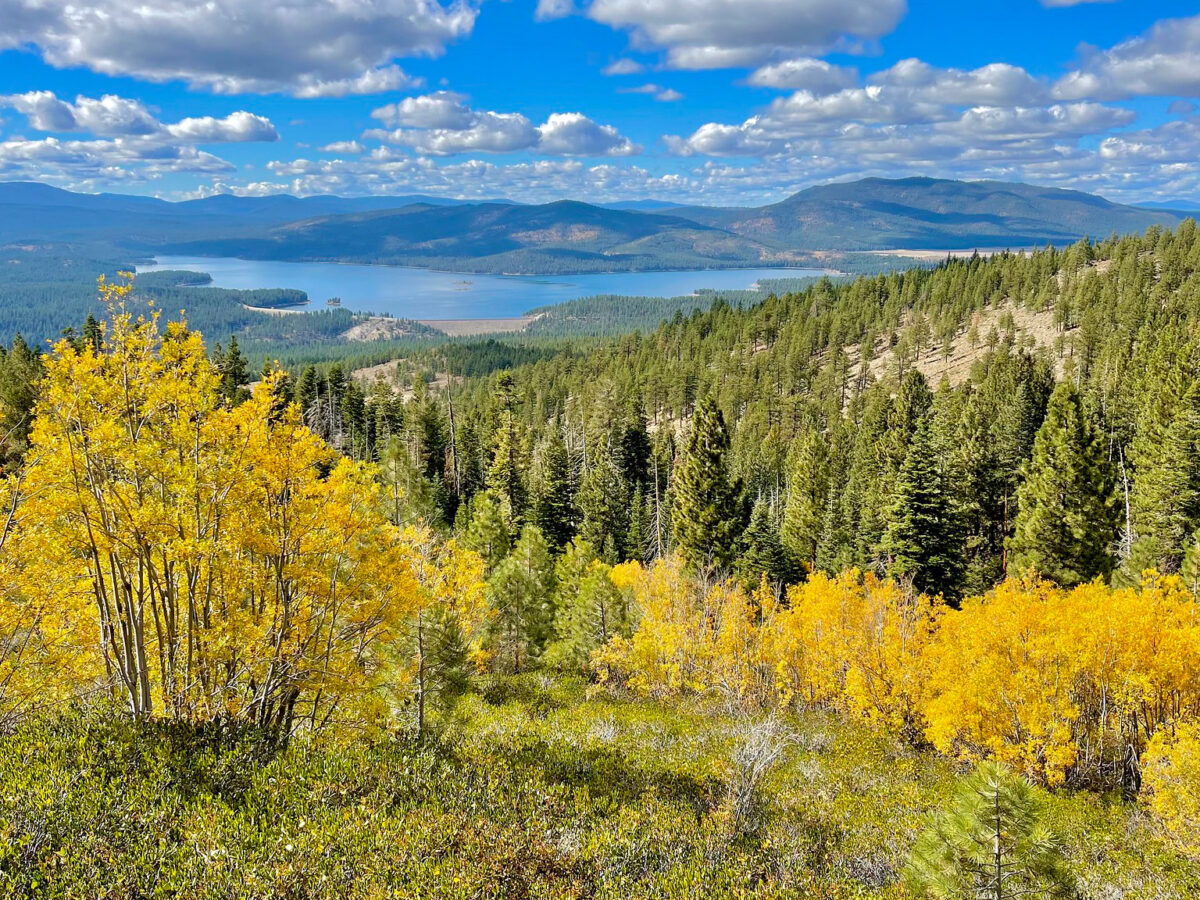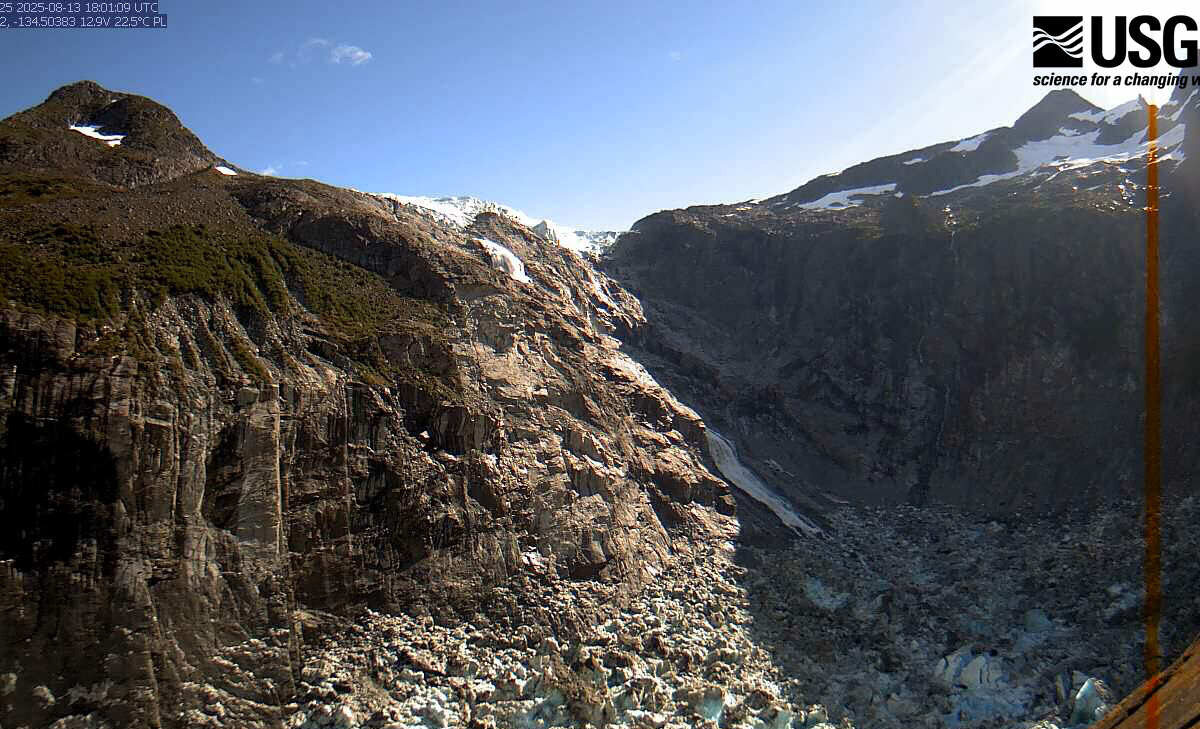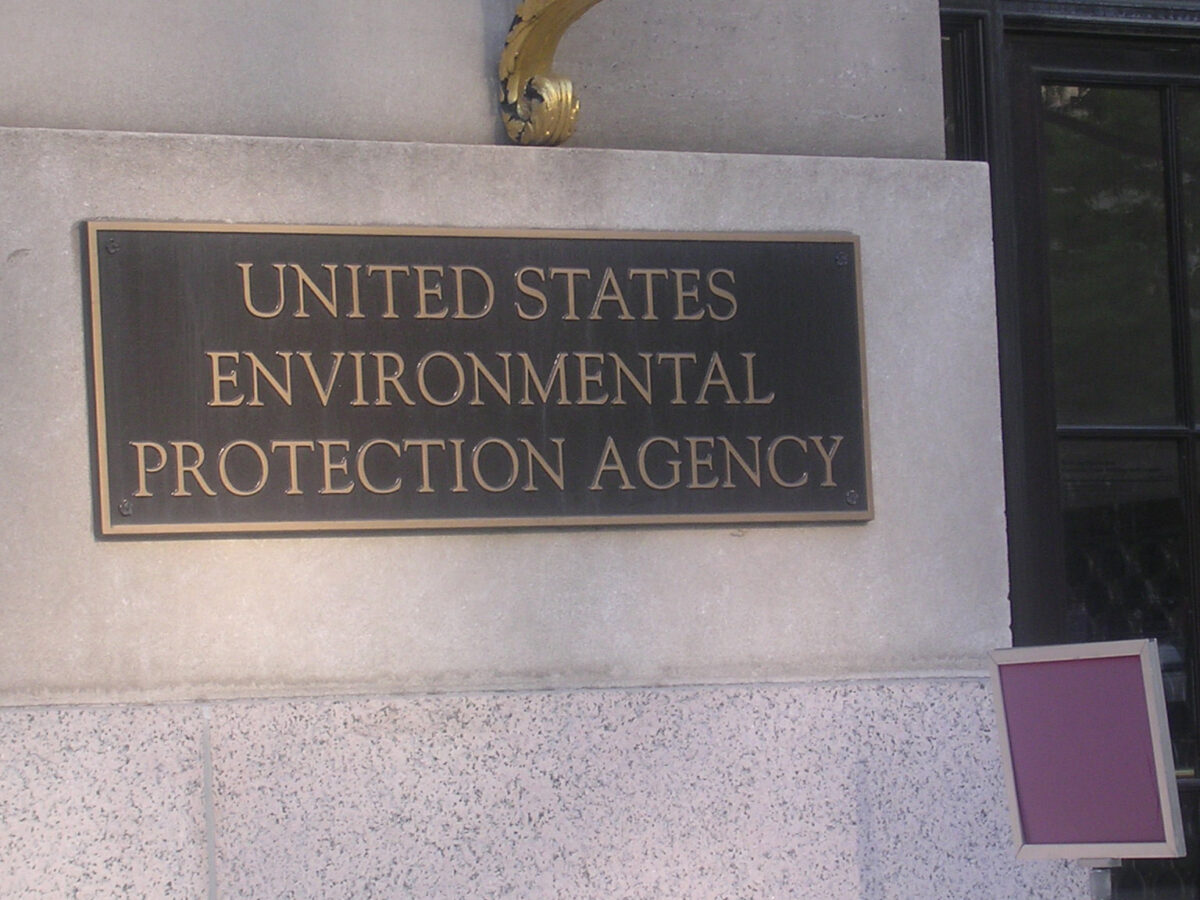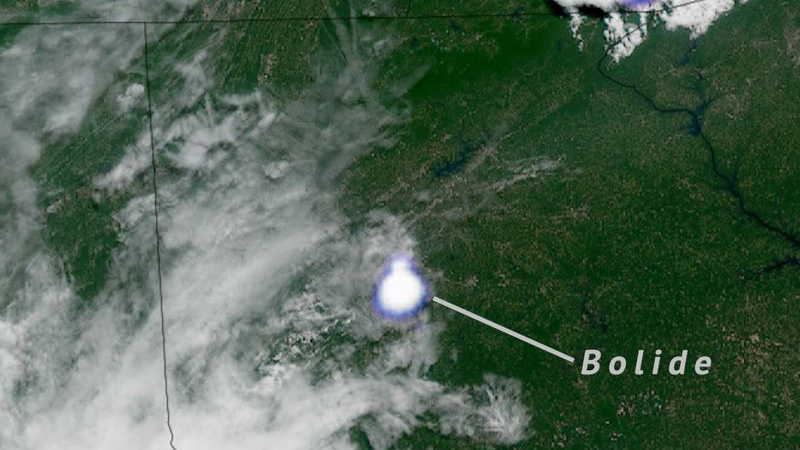Utilizando los instrumentos de monitoreo existentes y nuevos, investigadores trabajan para comprender mejor la calidad del aire durante y después de los incendios forestales de Los Ángeles.
Emily Dieckman
Emily Gardner, née Dieckman joined Eos as an associate editor in 2023, after nearly 6 years writing and editing at the University of Arizona College of Engineering. She has also won awards for her coverage of culture, human interest, and science stories at the Tucson Weekly. Her degrees are in journalism and sociology.
How Researchers Have Studied the Where, When, and Eye of Hurricanes Since Katrina
Twenty years after one of the country’s deadliest storms, scientists reflect on improvements in the ability to understand and predict disasters.
USDA Moves to Rescind Roadless Rule Protecting 45 Million Acres of Wild Area
The U.S. Department of Agriculture (USDA) is proposing rescinding the 2001 Roadless Area Conservation Rule, which protects about 45 million acres (182,000 square kilometers) of National Forest System lands from road construction, reconstruction, and timber harvests.
Where There’s Fire, There’s Smoke
Using both existing and newly launched monitoring instruments, researchers work to better understand air quality during and after the Los Angeles wildfires.
Glacial Lake Outburst Causes Record River Crest in Juneau
The Mendenhall River in Juneau, Alaska, reached a record-breaking crest Wednesday morning thanks to a glacial outburst flood (GLOF) from Suicide Basin. At 16.65 feet, the crest exceeded the previous record flood stage of 15.99 feet in 2024.
A Healthy Environment Is a Human Right, UN Court Rules
“The Court is of the view that a clean, healthy and sustainable environment is a precondition for the enjoyment of many human rights, such as the right to life, the right to health and the right to an adequate standard of living, including access to water, food and housing.”
NSF Scientists Denounce Trump Administration Policies
National Science Foundation employees are among the latest federal scientists to issue a statement expressing concern over the Trump administration’s actions. The statement refers to “a series of politically motivated and legally questionable actions by the Administration that threaten the integrity of the NSF.”
Dissenting EPA Scientists Placed on Leave
A group of EPA scientists who signed an open letter voicing their dissent to Trump administration policies have been placed on administrative leave.
Fireball Passes Over Southeastern United States
It’s a bird! It’s a plane! It’s… a bolide!
Government Will Reduce Access to COVID-19 Vaccine
Officials from the Food and Drug Administration (FDA) announced on Tuesday that only adults older than 65 and people with specific medical conditions will be considered eligible for COVID-19 vaccinations this fall.

